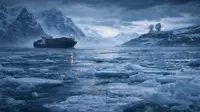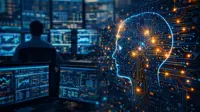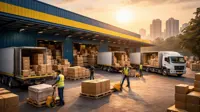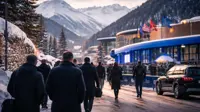Isro successfully tests Si-Gr, hydrogen fuel cell batteries on-flight
07 Jan 2024
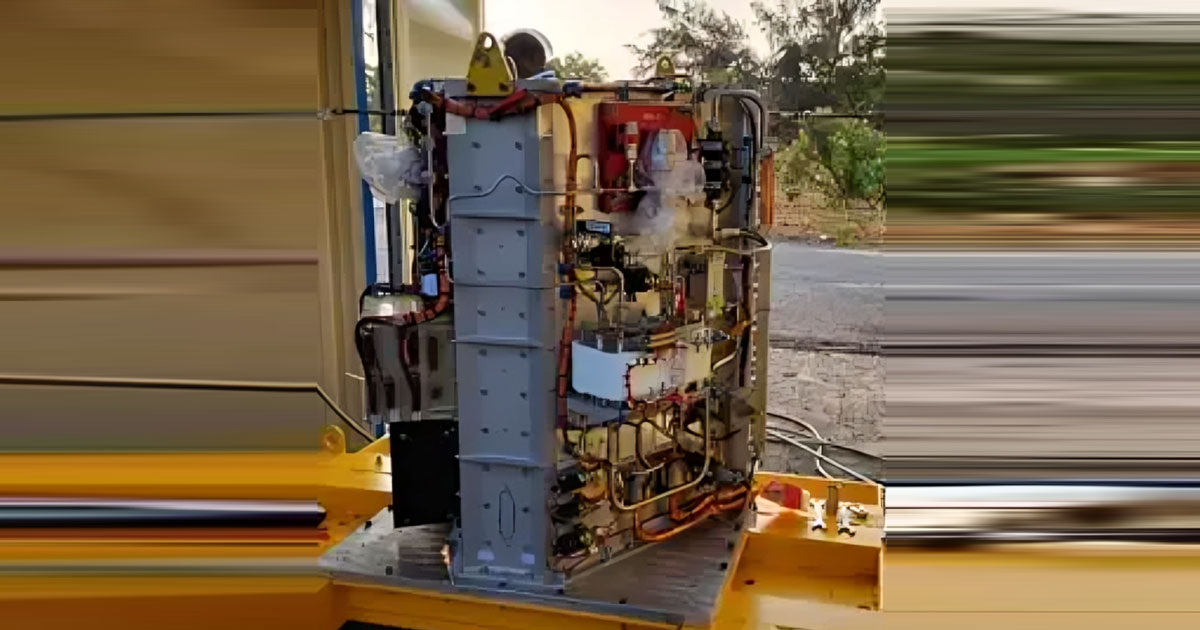
The Indian Space Research Organisation (Isro) on Monday (1 January 2024) simultaneously tested a high density graphite-silicon cell and a hydrogen fuel cell based power system on board PSL-C58 flight.
These 10 Ah silicon-graphite anode-based high energy density Li-ion cells, developed at the Vikram Sarabhai Space Centre (VSSC), have qualified as a low weight and low cost alternative to Li-ion cells being used at present.
The flight demonstration of the cells as a battery was successfully completed by powering a resistive load on-board the POEM-3 platform of PSLV-C58. The on-orbit voltage, current and temperature values of the battery were acquired through telemetry and found to match well with the predictions.
While conventional Li-ion cells use pure graphite as anode material, this cell uses Si-Graphite composite as anode material. This helps in increasing the proportion of Lithium ions for a given unit mass of anode material, thereby improving the energy density of the cell.
Also, this cell employs cost effective hardware which are readily available and a crimped sealing based design which reduces the hardware cost and fabrication cost significantly. The energy density of the Silicon High energy Li-ion cells is 190 Wh/kg with an operating voltage of 4.2 to 2.8 V, against Lithium-ion cells (157 Wh/kg). During flight the battery system worked for 21 hours in 15 orbits delivering a capacity of 8.9 Ah with final drained voltage of 0.4 V.
The on-flight experiment also demonstrated the capability of the cells to survive and perform in harsh space environment. Isro plans to use these cells in future missions where it expects 35-40 per cent saving in battery mass. The Gr-Si cells will also find application in ground use.
Isro said the onboard test of a 100 W class Polymer Electrolyte Membrane Fuel Cell based Power System (FCPS) in its orbital platform, POEM3, launched onboard PSLV-C58 on 1 January 2024 was successful.
During the short duration test onboard POEM, the system generated 180 W power from hydrogen and oxygen stored on onboard in high pressure vessels. It provided a wealth of data on performance of various static and dynamic systems that formed part of the power system and the physics at play, according to Isro.
Hydrogen fuel cells produce electricity directly from hydrogen and oxygen, along with pure water and heat. The system used electrochemical principles for generation of electricity. With water as the only byproduct, they are totally emission free and are ideal for space missions involving humans where electric power, water and heat are essential since.
Fuel cells are also considered to be the most appropriate solution to replace engines of various types of vehicles in use today and to power standby power systems. Fuel Cells can provide range and fuel recharge time equaling that of today’s conventional engine, which gives them a distinct advantage over batteries, and are expected to facilitate emission free transportation.



